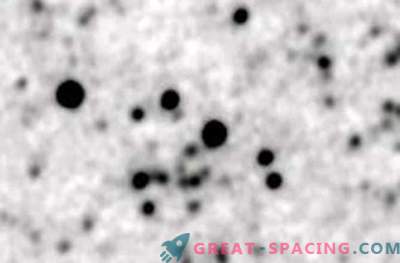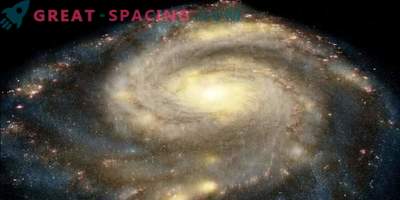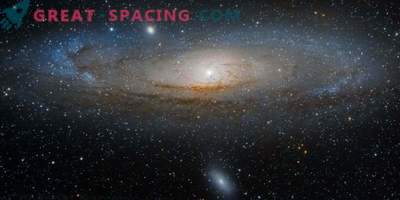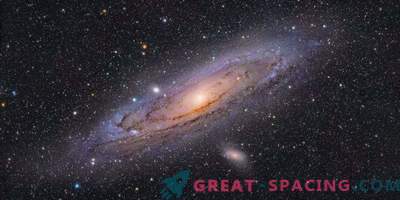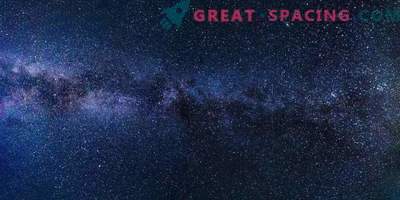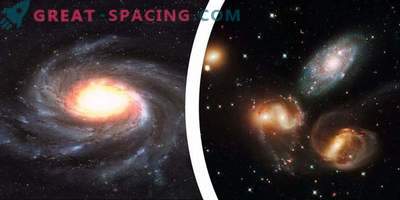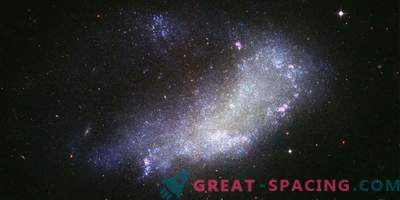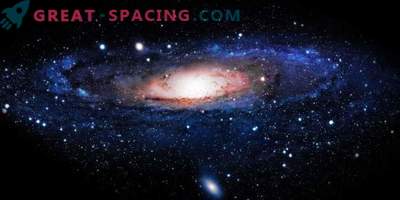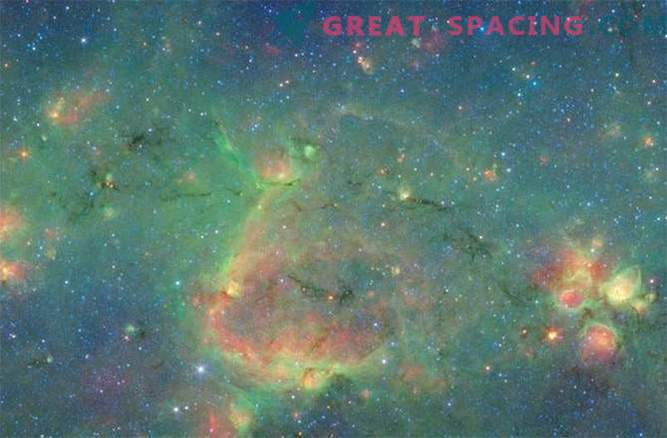
The spacecraft for scientific use “Spitzer”, designed for observing space in the infrared range, allowed NASA experts to look into the very center of the Milky Way and brought closer an understanding of the causes and evolution of our galaxy.
Scientists are finding new evidence for the existence of a galaxy center hiding inside the sleeves of the Milky Way. These data allow us to simulate the appearance of our galaxy.
In 2013, researchers first suggested that the long, thin, dense gas clusters (sleeves) that form inside the spiral structure of the Milky Way create a kind of galactic center. One of these “center-forming” sleeves is known as “Nessie”.
New research presented at the 225th Conference of the American Astronomical Society, prove that “Nessie” is not the only central arm. Kathryn Zucker, a physicist at the University of Virginia, found another 6 potential candidates considered the central arms of the galaxy.
The study of the processes occurring within the Milky Way is fraught with difficulties. The main one of them is the impossibility of a clear understanding of what the galaxy looks like outside, outside of its limits. The Milky Way is a spiral galaxy consisting of several branches (arms) emanating from its center and flowing around in a spiral.
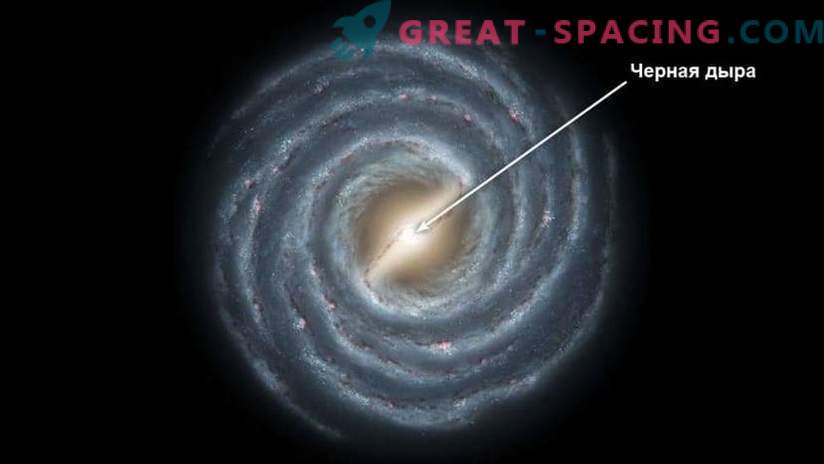
Structure of the Milky Way. View from above
These spiral arms wrap around each other in a flat plane, so the galaxy looks like a pancake in a griddle: when viewed from one side, it is a disk, but when viewed from the other, it is a straight line. The earth is inside this "pancake", on the outside of the disk. It can be argued that outside the Milky Way, our galaxy looks like a bright strip in the middle of the night sky. The sun and the Earth are located just above the galactic plane, thus giving scientists the opportunity to study larger galactic structures and objects (the researchers look like a child sitting on an adult’s shoulders and viewing a crowd of people in front of and behind them). Scientists were able to identify most of the spiral arms that make up the galaxy, but still argue about the exact location of these branches, as well as the location of smaller arms emanating from the central ones. But even those sleeves that scientists were able to identify — long, thin, high-density clusters of gas clouds, discovered by analyzing the light absorbed by them — help to approximately imagine what the Milky Way looks like from the outside.
"This is indeed a new area of study," said C. Zucker during the AAC meeting in Seattle, where she presented her model of the center of our galaxy. When K. Zucker began her research, the gas cloud known as Nessie was the only object of this kind found and the only candidate for the role of the center. “I tried to prove in my research that the Nessie branch is not the only thing - that there are other, similar structures that allow us to study the structure of the galaxy.”
Research K. Zucker began with the study of photographs of the galaxy, made by various telescopes, including “Spitzer”. As a result of the analysis, she was able to detect 15 long, thin, gas clusters that can form the center of the galaxy. There were also identified 6 main criteria inherent in the center of the galaxy. For example, it should be predominantly parallel to the plane of the galaxy and be connected with the famous spiral arm, “Nessie,” passing through the Sleeve of the Centaurus, one of the largest in the galaxy. The center sought must also be more than 50 times larger than Nessie and more than 300 times farther from it.
During the study, K. Zucker was also important to make sure that she sees a single sleeve, and not several, superimposed on each other at the point of viewing (observation). Of all the branches studied, 10 candidates for the role of central, matching the search criteria were identified. The researcher presented his conclusions in the presentation of “Nessie” is not unique - there are others. ” K. Zucker drew attention to the other arm called “Thread 5”, which can also be a central element of the galaxy structure and which is located in the Centauri Sleeve, but on the opposite side of the galactic disk. There is still a debate about the exact location of the Centaurus Sleeve.
Ultimately, research in this direction will help create a sketch of the main structural elements of the Milky Way, and allow scientists to determine the appearance of the galaxy without leaving the planet.


